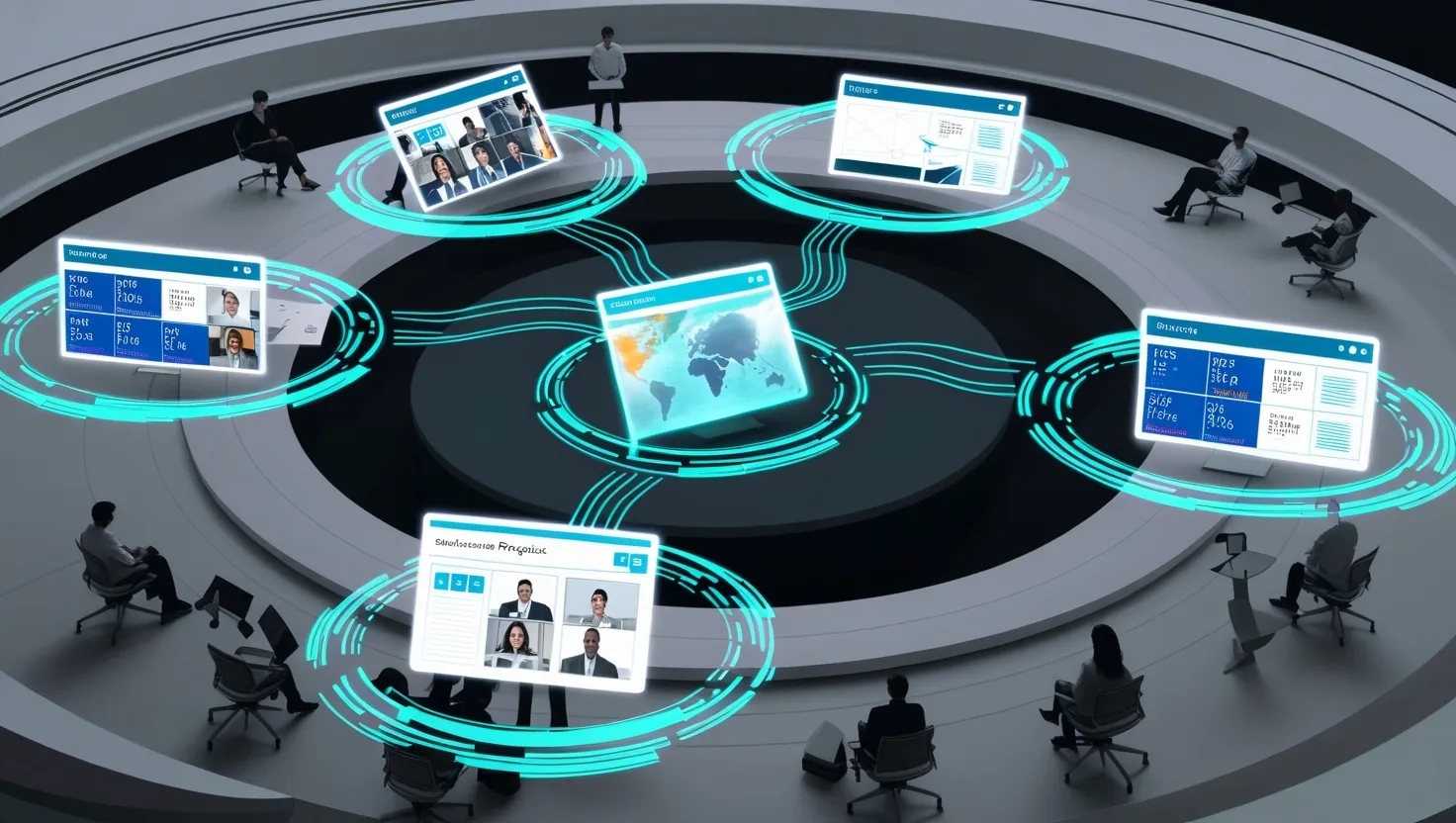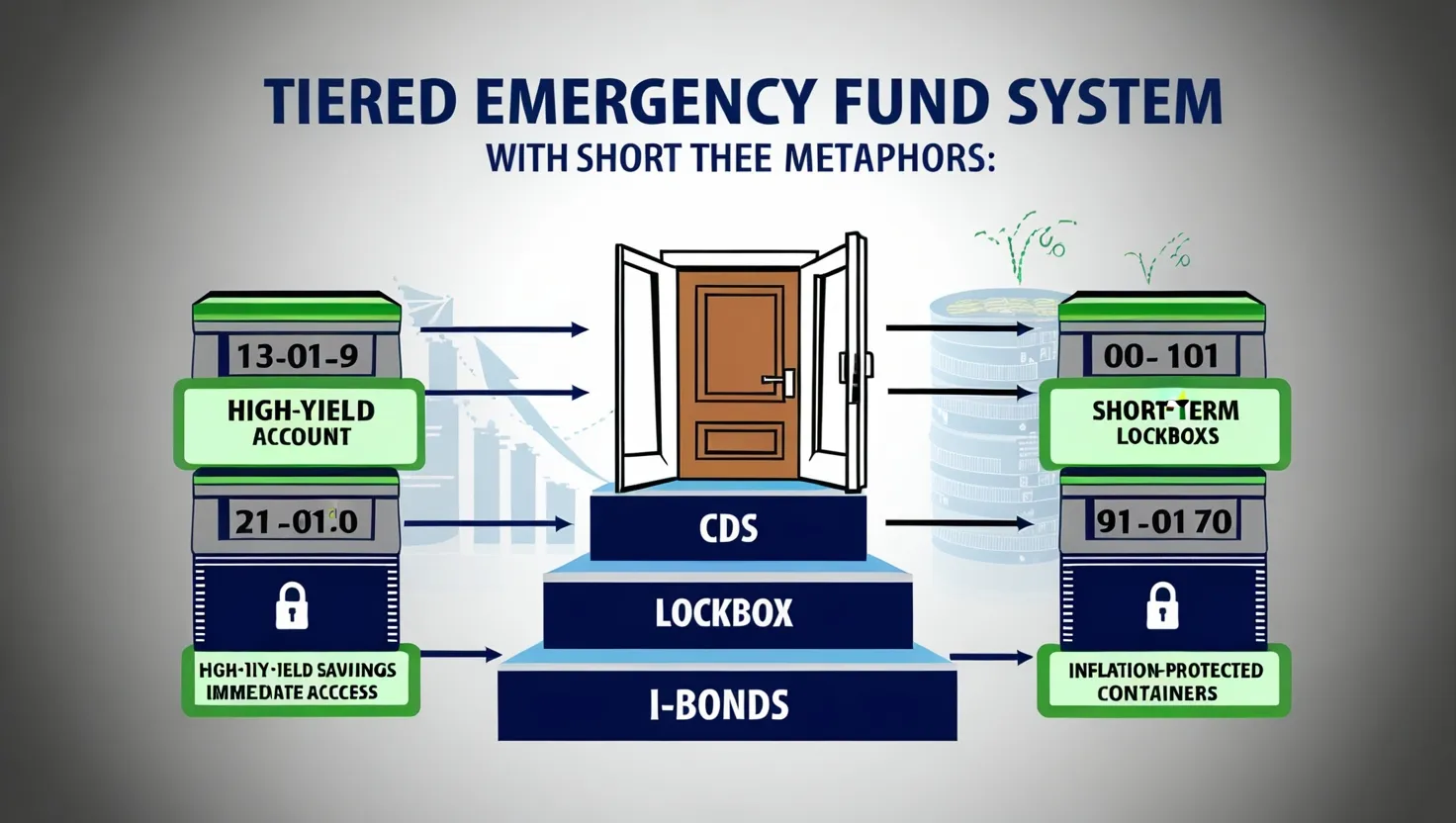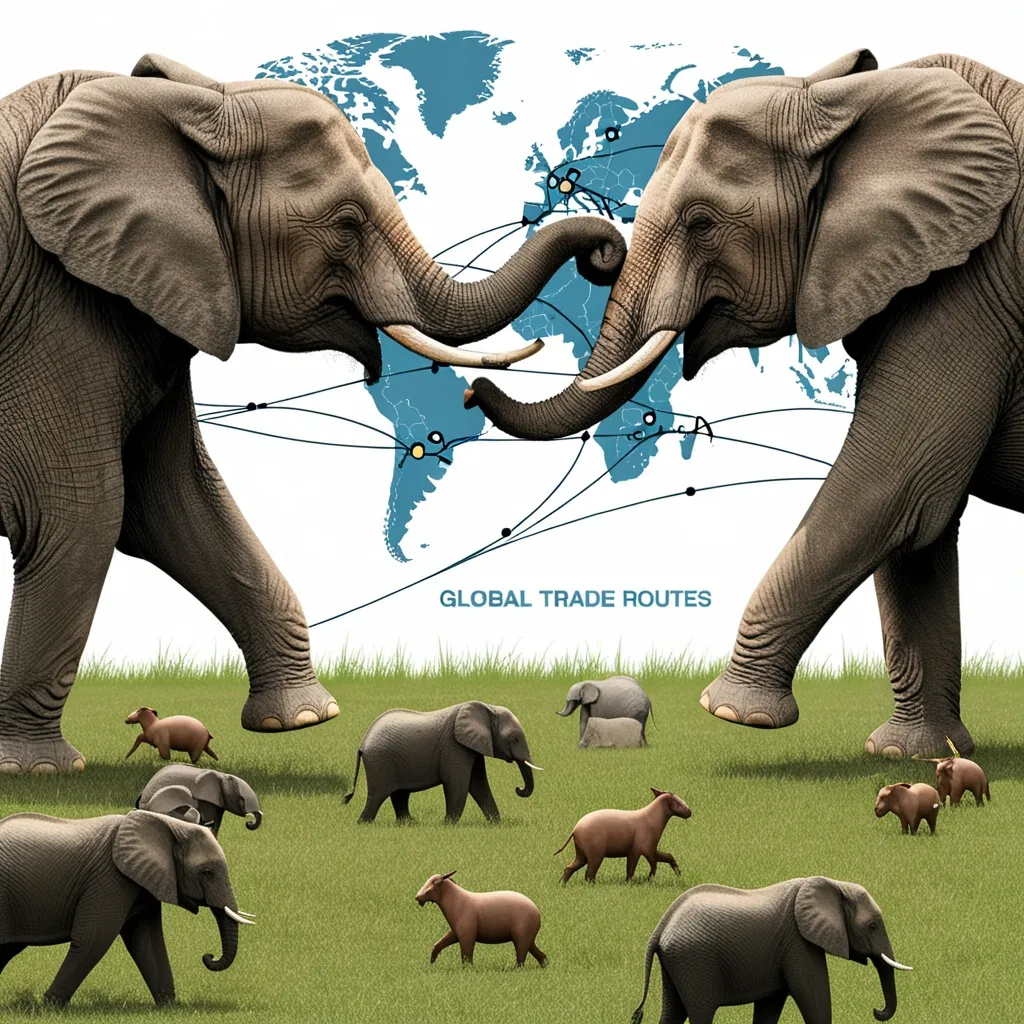In the modern workplace, the traditional constraints of time and geography are no longer the barriers they once were. Imagine a world where your team’s productivity is not limited by time zones or the rigid structure of a 9-to-5 workday. This vision is becoming a reality through a concept known as “chronosynaptic networking,” a revolutionary approach that leverages advanced AI and predictive algorithms to create a seamless, 24/7 collaborative environment.
Picture this: you start a project in the morning, and as you wrap up your workday, you ‘hand it off’ to a teammate on the other side of the globe, who picks it up during their optimal work hours. This isn’t just about asynchronous messaging or conference calls; it’s about creating an interconnected network of work sessions that flow smoothly from one time zone to another.
At the heart of this system is AI, which acts as the glue that holds these temporal planes together. It fills in the contextual gaps, ensuring that the project evolves continuously without any disruption. For instance, if you’re working on a marketing campaign, you can start drafting the strategy in the morning, and by the time your colleague in another time zone logs in, the AI has already aligned the data, suggestions, and even preliminary designs, making it feel like you’re working side by side in real-time.
This approach transforms global teams into 24/7 productivity powerhouses. It’s no longer about waiting for someone to wake up or finish their lunch break; it’s about a fluid, ever-present stream of creativity and innovation. In this chronosynaptic world, collaboration is not confined to specific hours but becomes an ongoing process that transcends the limitations of linear time.
The Power of Network Effects
The concept of chronosynaptic networking is rooted in the understanding of network effects, which have been studied extensively in various fields. For example, in scientific research, collaboration networks have been shown to significantly impact the productivity and prominence of individual scientists. These networks act as a form of social capital, where the productivity of one researcher can lift the productivity of others through collaborations[1].
Similarly, in corporate settings, information-rich networks enabled by social media have been found to improve work performance and job security. These networks, characterized by low cohesion and rich in structural holes, provide diverse information and enhance social communication, leading to better productivity and reduced layoff risks[2].
The Role of AI and Predictive Algorithms
AI is the linchpin in chronosynaptic networking, enabling the seamless transition of work between different time zones. Predictive algorithms analyze the work patterns, productivity peaks, and even the creative rhythms of team members to optimize the handoff process. For instance, if a team member is most creative in the morning, the AI ensures that the critical tasks are aligned with their peak productivity hours.
This technology also facilitates knowledge spillovers, a phenomenon where the productivity of one worker increases due to the presence of trained or highly productive colleagues. In a call center setting, for example, exposure to trained workers has been shown to increase the productivity of non-trained workers through strategic complementarities, or knowledge spillovers[4].
Practical Applications
So, how does this work in real-life scenarios? Let’s consider a software development team spread across different continents. Using chronosynaptic networking, a developer in the U.S. can start coding a new feature in the morning. By the time they leave for the day, the AI has analyzed the code, identified potential issues, and suggested improvements. When the developer in Europe logs in, they find a streamlined codebase ready for further development, as if they were working together in the same room.
In marketing, this could mean that a team in Asia can start brainstorming campaign ideas during their morning, and by the time the U.S. team logs in, they have a comprehensive plan with data analytics and design mockups already integrated. This continuous flow of work ensures that projects move forward without the usual delays and miscommunications that come with traditional collaboration methods.
Overcoming Traditional Barriers
One of the most significant advantages of chronosynaptic networking is its ability to overcome traditional barriers such as time zones and work hours. This is particularly beneficial for global teams where members are spread across different regions. It also allows for a better work-life balance, as team members can work during their most productive hours without feeling the pressure of immediate responses or synchronous meetings.
Moreover, this approach fosters a culture of continuous innovation. Ideas are not confined to specific meetings or brainstorming sessions but evolve organically as the project moves through different hands. This fluidity in collaboration encourages creativity and ensures that projects are always moving forward, even when individual team members are not actively working on them.
The Future of Teamwork
As we move into a future where remote work is becoming the norm, chronosynaptic networking offers a compelling solution for enhancing team productivity. It’s not just about technology; it’s about redefining how we think about teamwork and project management. By leveraging AI and predictive algorithms, we can create a collaborative environment that is always on, always evolving, and always productive.
In this world, the traditional constraints of time and geography are mere relics of the past. Instead, we have a seamless, interconnected network of work sessions that flow effortlessly from one time zone to another. This is the future of teamwork – a future where productivity knows no bounds, and innovation is a continuous, 24/7 process.






